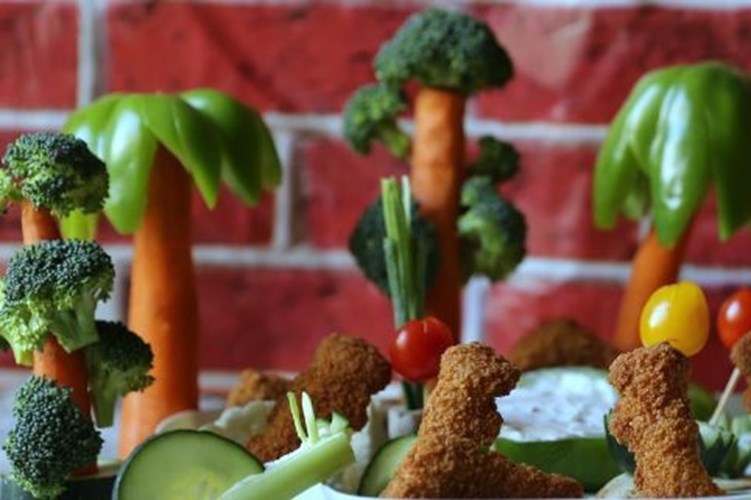
Brian Wansink, a Cornell professor and author of Mindless Eating: Why We Eat More than We Think, has found that giving vegetables an enticing description suddenly makes them mouth-watering. In a six-week experiment at the Cornell Food and Brands Lab, Wansink found that people who ate identically-prepared portions of fish rated the food differently when given different names.
People who ate “Succulent Italian Seafood Filet” rated their meal more favourably than those who had plain old “Seafood Filet.” Customers who ate a day-old piece of chocolate cake called “Belgian Black Forest Double Chocolate Cake” liked the cake better than when it was called just “chocolate cake.”
The same principle applies to vegetables, according to Wansink. Just by adding a flattering description to the greens you serve at the table—maybe “Freshly-picked Spring Asparagus” or “Farm-fresh Sautéed Spinach”—your eaters will perceive the vegetable more favourably.
Even picky pre-schoolers whose vocabs don’t include words like “succulent” like veggies better when they have fun names. In interviews with hundreds of 3-to-5-year-olds, Wansink and his researchers found that pre-schoolers ate broccoli like it was candy when they were pretending to be dinosaurs eating a “dinosaur tree.”
Not only can fun names cause kids to want to eat vegetables, it can lead them to eat a lot of veggies. In a recent study, Wansink and fellow researchers found that pre-schoolers would eat twice as many carrots when the veggie was called “X-ray Vision Carrots.” The pre-schoolers continued to eat about 50 percent more carrots days later–even when the fancy name was dropped.
What you can do: